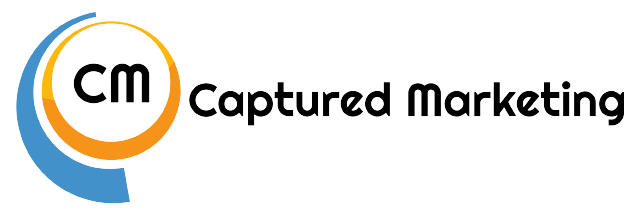
Understanding how to create SEO-friendly content is crucial for any business aiming to improve its online presence. We prioritize crafting content that not only ranks well but also engages our audience. The goal is to develop content that search engines can easily find and users want to read. Achieving this balance ensures that your content reaches the right people and keeps them interested.
High-quality content engages readers, answers their questions, and encourages them to take action. It’s about understanding what your audience is looking for and providing valuable information in a way that is easy and enjoyable to read. By focusing on creating content that caters to both search engines and human readers, you can drive more traffic to your site and keep visitors coming back for more. Let’s explore how you can create content that is both SEO-friendly and engaging, helping your business thrive in the digital landscape.
Understanding SEO: What Makes Content SEO-Friendly
Creating SEO-friendly content involves a mixture of strategic writing and technical optimization. The goal is to make your content easily discoverable by search engines and engaging for readers. One of the primary aspects is the use of relevant keywords. Keywords are the terms people type into search engines when they are looking for information. By integrating these keywords into your content, you make it more likely to appear in search results.
But it’s not just about keywords. The structure of your content also plays a significant role. Using headings and subheadings helps organize your content, making it easier to read and navigate. It also allows search engines to understand the main topics covered in your content. Additionally, having clear, concise paragraphs and bullet points can help readers quickly grasp the information, which improves user experience and keeps them on your page longer.
Writing Engaging Headlines and Meta Descriptions
Crafting compelling headlines and meta descriptions is crucial for attracting clicks from search engine results pages (SERPs). Your headline should be attention-grabbing and include your primary keyword. This not only helps with SEO but also piques the interest of potential readers. An effective headline is usually concise yet descriptive enough to tell the reader what the content is about.
Meta descriptions, the brief summaries that appear below the headlines in SERPs, are equally important. A good meta description includes your main keywords and provides a clear overview of what the reader can expect from the content. It should also include a call to action, encouraging users to click through to your site. By focusing on these elements, you can increase your content’s visibility and improve its click-through rate, making your efforts in SEO more fruitful.
Integrating Keywords Naturally for Better Rankings
Integrating keywords into your content is crucial for improving your rankings, but it’s important to do it naturally. Keyword stuffing can harm your rankings and make your content hard to read. Instead, use keywords where they fit naturally in your sentences. This can include placing them in the introduction, headings, and throughout the body of your content.
Using related keywords and phrases can also help. These variations of your main keywords make your content more readable and can help you rank for more search terms. Tools can help you identify these related phrases so you can seamlessly weave them into your writing. Ensuring your keywords feel like a natural part of your content helps keep your readers engaged and improves your SEO at the same time.
Using Multimedia to Enhance Content Engagement
Adding multimedia to your content can significantly boost engagement. People are more likely to stay on your page if it includes images, videos, and infographics. These elements break up large blocks of text and make the content more visually appealing. Including relevant photos or illustrations can help explain complex ideas and make your content more memorable.
Videos are especially effective because they provide an interactive way for your audience to consume information. A well-placed video can help illustrate your points more clearly than text alone. Infographics are another powerful tool, offering a quick and visually appealing way to present data and statistics. By incorporating these multimedia elements, you can keep your audience interested and improve your SEO through increased dwell time and lower bounce rates.
Conclusion
Understanding and implementing effective SEO practices is key to your website’s success. By focusing on naturally integrating keywords and enhancing your content with multimedia, you not only improve your site’s rankings but also engage your audience more effectively. These strategies are essential for maintaining a strong online presence in 2024.
To make the most of your SEO efforts, continuously measure and adjust your tactics to stay ahead in the ever-evolving digital landscape. Interested in taking your SEO to the next level? Partner with our local SEO company in Phoenix today to explore how we can help you achieve your online goals. Contact us at Captured Marketing!




